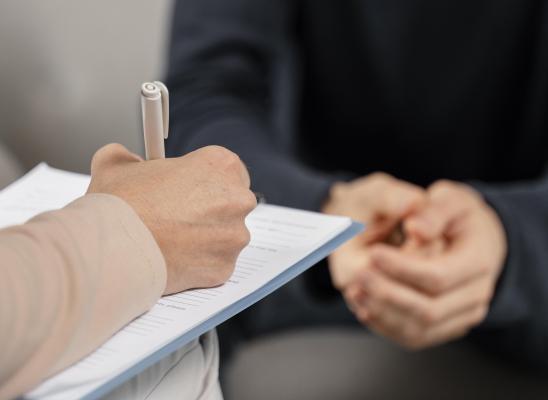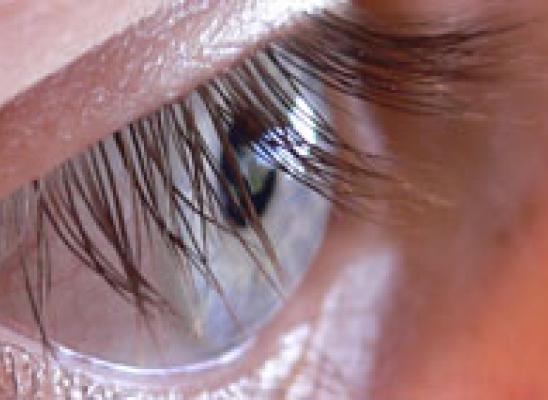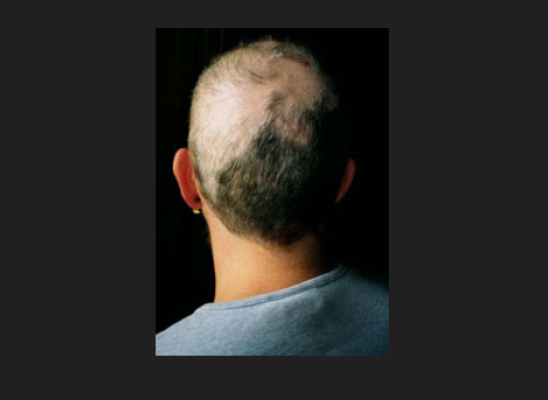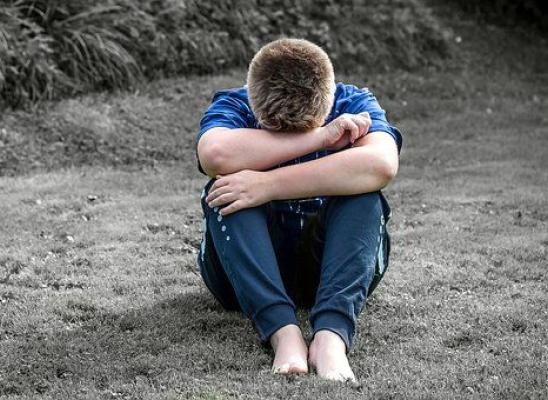Trichotillomania Onset and Symptoms
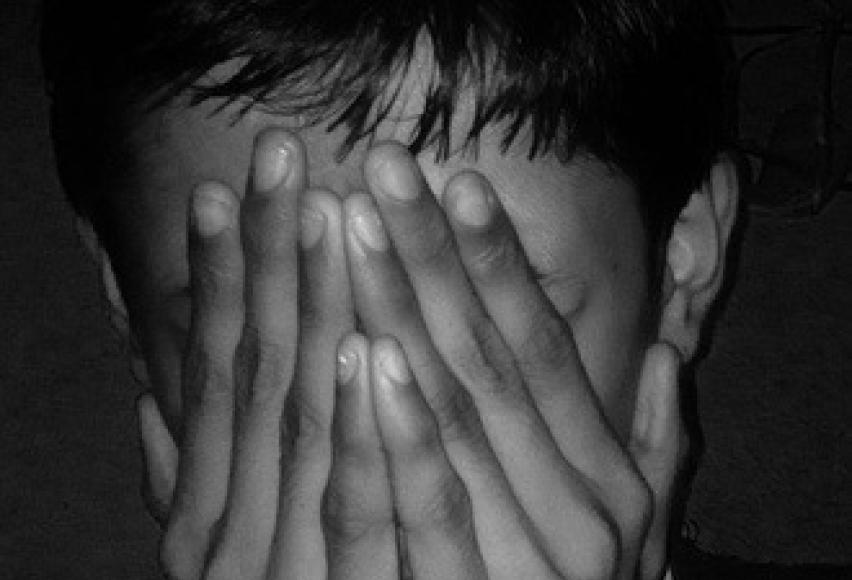
Online test
Find out the severity of your symptoms with this free online test
Trichotillomania is one of the least understood and lesser known psychological conditions affecting people today. Classified as a Body-Focused Repetitive Behavior (BFRB), it is a condition in which a person habitually and repetitively pulls out their body hair, either from the scalp, face, pubic area, or anywhere else that there is hair. It can often go undiagnosed for a long time, because people with the condition generally are extremely private about the behaviour and will deny there is a problem even when the hair loss becomes apparent. If you are concerned about yourself or someone close to you, knowing about who is most vulnerable to the condition as well as the symptoms can help you decide if further action and treatment are needed. While trichotillomania has largely been ignored by the research community, with very few in-depth studies conducted regularly, there are some revealing facts and insights into exactly who is most susceptible to the condition. One thing to keep in mind when considering the prevalence and onset statistics is that trichotillomania is a very underreported condition due to the intense guilt and shame associated with this condition, as well as the lack of awareness by that it is a clinical condition, with most people thinking it is just a bad habit.
Age of Onset
There are about 2.5 million people in United States who experience trichotillomania; between 0.6% and 4% of the world population are estimated to suffer from the condition. It is most likely to begin between the ages of 9 and 13, and the most reported age group is 12- and 13-year-olds. However, any person can develop trichotillomania at any age; it has been reported among infants as young as 1 but is also known to emerge later as late as age 70 and above. In fact, while most cases of trichotillomania develop and are most severe in adolescence, older sufferers are less likely to make a successful recovery from the condition.

Gender Prevalence
The vast majority of pre-teen and teenage sufferers are female; young girls make up between 70% and 90% of preadolescents and teenagers with trichotillomania. Pre-schoolers and very young children have a more equal distribution of the condition between the sexes. Even beyond the teenage years, among adult patients with trichotillomania, females outnumber males as much as 10 to 1. However, it is important to remember that these numbers are based on reported symptoms and diagnosis. It is suggested that women may be more likely to seek help for the condition and self-report trichotillomania.
What triggers onset?
Exactly what causes or makes some more susceptible to the onset of trichotillomania than others is still poorly understood; however, evidence suggests that the condition can be triggered by traumatic events early in life or stress from school and social development. Trauma can include loss of a relative, abuse, or divorce. Hormonal changes associated with puberty have also been suggested as a possible trigger for the onset of trichotillomania. There is also evidence of comorbidity with other mental health conditions such as anxiety, depression and obsessive compulsive disorder (OCD) with BFRBs being categorized on the Diagnostic and Statistical Manual (DSM5) as an OCD and Related Disorder.
Physical Symptoms
Not all people who pull at their hair have trichotillomania. Hair-pulling can be a common habit or response to stress that many people indulge in from time to time. It’s not always obvious when normal, intermittent hair-pulling becomes a serious problem that requires treatment. The DSM5 outlines specific criteria for the diagnosis of repetitive hair pulling as a clinical disorder. One of the major clinical symptoms is that the frequency and intensity of the hair-pulling leads to significant, noticeable hair loss. Some people will pull out their hair until it begins to thin a particular spot and then move on to a different area to avoid embarrassment or detection; however, for many with the condition, the compulsion to pull out hair in the same spot is very strong, too strong to resist. The most common areas for people with trichotillomania to pull at are the scalp, eyebrows, and eyelashes. It’s also common for people to pull hair from their beards and pubic area. Some people with trichotillomania engage in ritualistic actions with the pulled-out hair including chewing on it or eating it; they may also play with the hair or rub it across their lips or face. However, due to the highly private nature of trichotillomania, many of these ritualistic actions are done in secret. It is also common for people with trichotillomania to engage in other body-focused repetitive behaviors like skin-picking or nail-biting.
Psychological Symptoms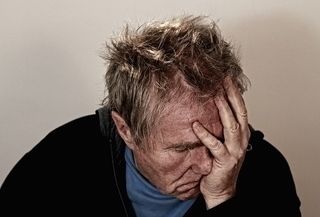
Some of the symptoms of trichotillomania are psychological, rather than physical. For example, people with trichotillomania will feel an overwhelming sense of stress or tension that precedes the hair pulling, or when they attempt to stop themselves from engaging in it. This agitation may or may not have outward effects that are noticeable to other people. In the same vain, people with trichotillomania will feel intense relief or pleasure during and immediately after pulling out their hair. However, these positive feelings are characteristically followed immediately with feelings of intense shame and guilt. Another way in which trichotillomania is recognizable as a condition rather than a habit is that the hair pulling takes on ritualistic properties; the person with the condition has certain parts of their body or types of hair that they continually pull out, they pull their hair at the same time each day, or they have a specific pattern they follow when pulling out their hairs.
Social Symptoms
Significant emotional distress as a result of the condition as well as the time consuming nature of the behaviour, can impact negatively on the person's social life. Schoolwork or job performance is can be impaired the distraction of he overwhelming urge to pull, constant tardiness due to time spent trying to cover up the 'evidence' of the behaviour or succumbing to the urge for periods at a time in privacy. Trichotillomania sufferers may also become socially isolated as they withdraw from social situations where balding may be more noticeable such as the beach or poolside. They may suffer loss of self-esteem due to their physical appearance, and have to mask the condition with wigs or make-up. When everyday functioning is impaired it is a major sign that the hair-pulling is not simply a behavioral habit, but a serious condition that needs to be addressed.
Online test
Find out the severity of your symptoms with this free online test
Start your journey with TrichStop
Take control of your life and find freedom from hair pulling through professional therapy and evidence-based behavioral techniques.
Start Now
